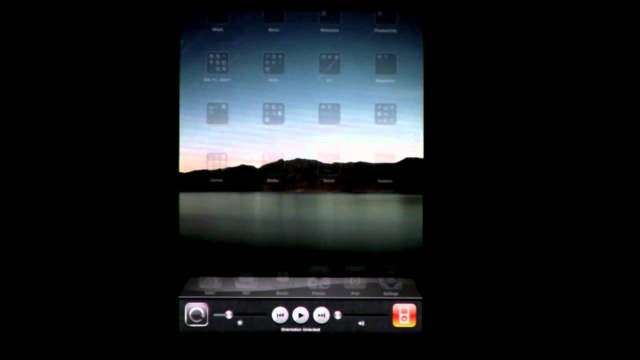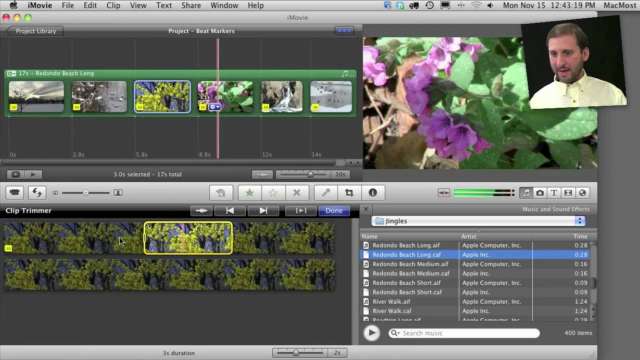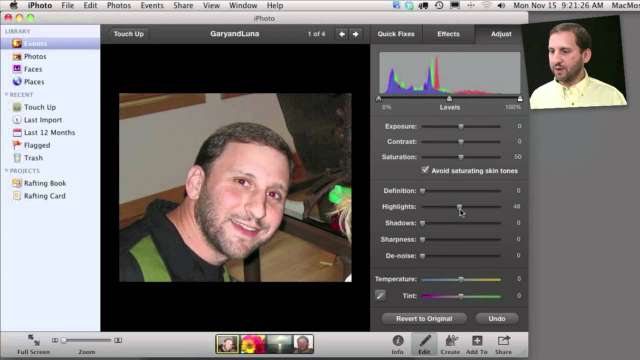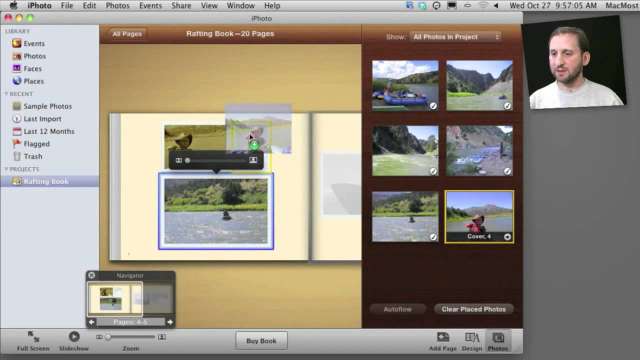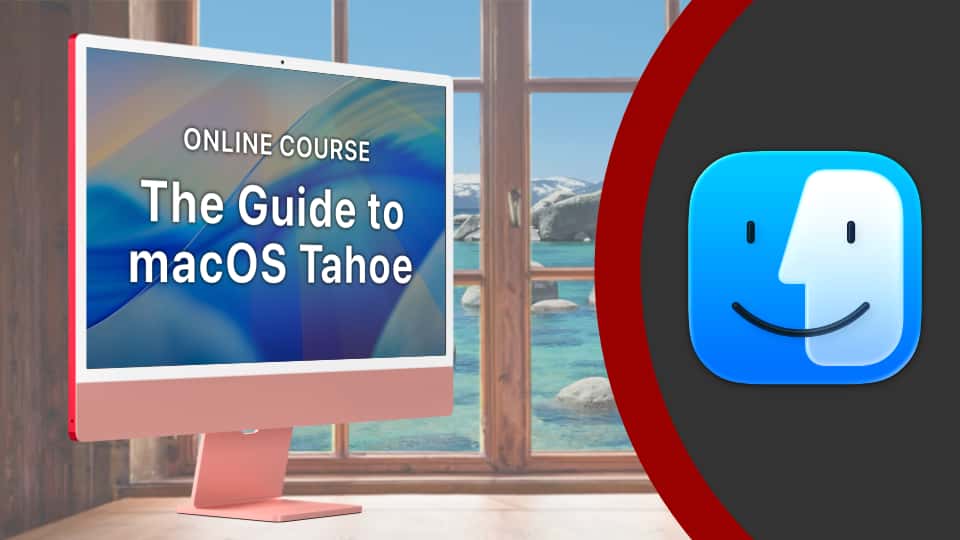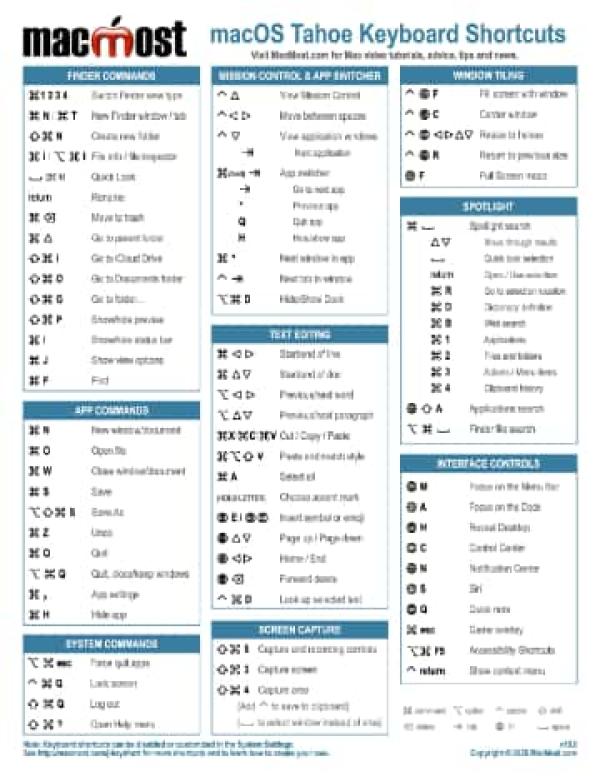 The long-anticipated update to the iPad version of iOS came out this week. The iPad has now caught up to the iPhone and iPod Touch with many new features.
The long-anticipated update to the iPad version of iOS came out this week. The iPad has now caught up to the iPhone and iPod Touch with many new features.
In particular, multitasking allows the iPad to run several apps at once. Double tapping the home button will bring up a list of currently running apps and allow you to switch between them. Some apps, like Pandora, will already run in the background. This means you can listen to music while you work on other apps.
If you find the default Stocks app for the iPhone lacking, you may want to try some of these free alternatives. Each allows you to track your list of stocks. You can also get real-time quotes and news from your favorite financial news sources.
 Ever since the launch of iTunes, the absence of The Beatles has been the focus of much attention. Even as the songs have been remastered and re-released in traditional formats, the catalog has not appeared on any downloadable music service.
Ever since the launch of iTunes, the absence of The Beatles has been the focus of much attention. Even as the songs have been remastered and re-released in traditional formats, the catalog has not appeared on any downloadable music service.
That changed this week as The Beatles catalog went on sale in iTunes, with much publicity from Apple and coverage by the press.
You can now buy all 13 original Beatles albums in iTunes. They are DRM-free and can be purchased per song or by album. Each album purchase includes a short video documentary.
In addition, the Past Masters collection of non-album tracks is available, as well as the greatest hits collections known as the Red Album and Blue Album. You can also buy The Beatles Box Set which includes everything plus some additional video.
Take a look at all of The Beatles content on iTunes. Also, see the blog post below if you are new to The Beatles.

Now that The Beatles are finally available on iTunes, you have to wonder who would be buying those songs there? I’ve had the CDs since the 1980s (and vinyl before that). I ripped my CDs into iTunes before it was even iTunes (SoundJam) and still listen to those MP3 files today.
So if you are buying Beatles tracks at iTunes then chances are you may be somewhat unfamiliar with the group’s works. You are new to The Beatles. You are about to become a fan. So, assuming that you don’t want to pay $150 for the box set, here is on Beatles’ fans look at what songs a new Beatles fan should start with. (Complete with affiliate links!)
The Beatles released 13 albums from March 1963 to May 1970. They had 20 number one hits (27 if you count the U.S. and U.K. together). That’s an incredible output of music. And some of the songs best known today aren’t even part of those 27.
If you don't like the default Weather app that comes with the iPhone, there are a number of alternatives in the iPhone App Store. There are several free apps, as well as some more advanced paid apps. You can also use a local app or visit a weather web site.
 Apple released the fifth major update to Snow Leopard yesterday, patching 131 security issues and adding a variety of stability fixes. The update is available through running Software Update on your Mac.
Apple released the fifth major update to Snow Leopard yesterday, patching 131 security issues and adding a variety of stability fixes. The update is available through running Software Update on your Mac.
You can find a full list of what Apple has included in the update at http://support.apple.com/kb/HT4250. The update weighs in at more than 500MB for most users. The exact size depends on your hardware and which version of OS X 10.6 you are upgrading from. You can also download a stand-alone installer that is 977MB at http://support.apple.com/kb/DL1324. This comes in handy if you have several Mac you need to update and want to download only once.
 iOS 4.2 is nearing completion. Several sites report that the new operating system is at “gold master” status. This version will be for the iPhone and iPod Touch, but it will also be the first major update for the iPad. For the first time the iPad will have multitasking and other features that have been available in the iPhone for months. Apple originally promised the new iOS version for November.
iOS 4.2 is nearing completion. Several sites report that the new operating system is at “gold master” status. This version will be for the iPhone and iPod Touch, but it will also be the first major update for the iPad. For the first time the iPad will have multitasking and other features that have been available in the iPhone for months. Apple originally promised the new iOS version for November.
A new release of Mac OS X, version 10.6.5, may also be near release. The new version is expected to only bring stability and bug fixes.

